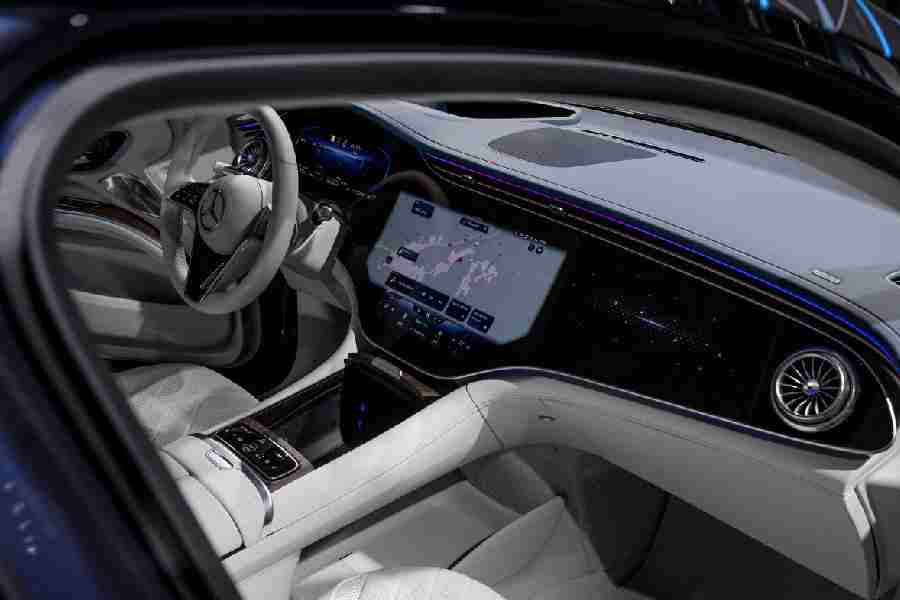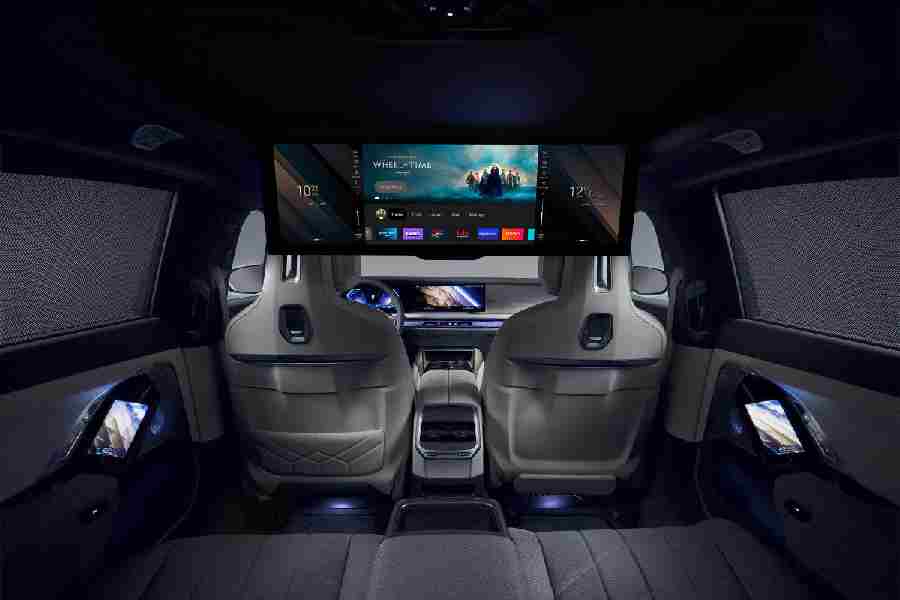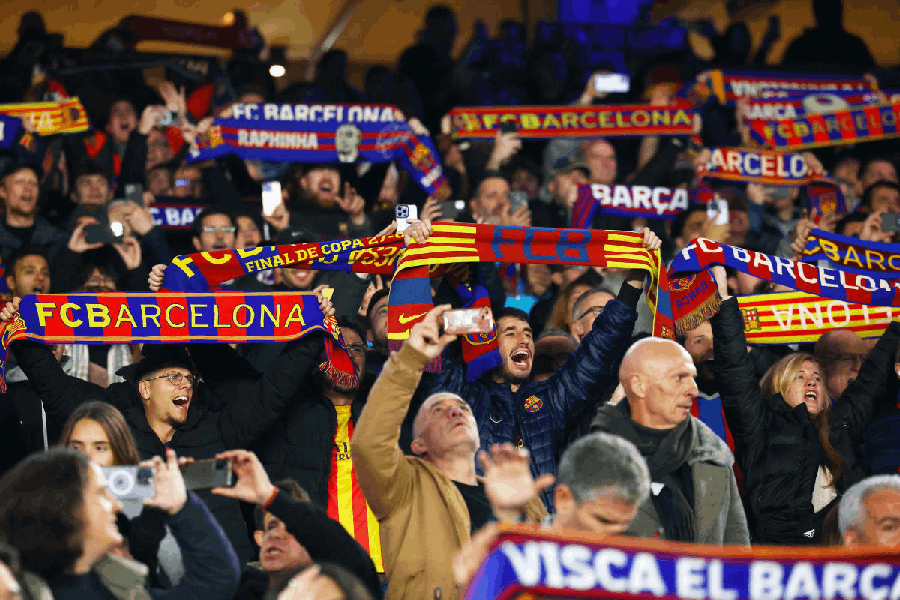How much screen is too much?
The question has come to today’s gadget-stuffed cars, whose increasingly colossal screens are splitting opinions among designers, car buyers and industry critics. These do-it-all touch screens, the nerve centres of many new cars, have sparked a backlash because of their size, as well as the clunky interfaces that may take eyes off the road.
“When flat screens showed up, the-bigger-the-better was the trend,” said Kai Langer, head of design for BMW i. “But ‘bigger’ isn’t always the richest.”
Screens are now integral to most modern cars, which are more or less rolling supercomputers, running up to 14 times more code than a Boeing 787.
“Steve Jobs changed the world, and now mankind touches a screen,” said Gorden Wagener, chief designer for Mercedes-Benz. “That fundamentally changes the car as well.”
When Elon Musk unveiled the Tesla Model S in 2009, the command centre, with its 17-inch LCD screen, seemed as game-changing as the car itself. And in giving drivers digital control of automotive functions, Tesla was able to avoid the expense of engineering, wiring and building a cabin full of pricey analogue switches, knobs and gauges.
In Tesla’s bare-bones Model 3 and Model Y especially, one might suspect designers worked overtime on their ingenious screens and then called it a day.
The creators of later EVs — including BMW’s futuristic yet sumptuous iX and the Kia EV6 — came up with warmer car interiors better suited to drivers who may not want to feel as if they are spending hours inside the mainframe from “Tron”.
With its expanded touch screen, Tesla also spurred an arms race measured in inches. Ford stuffed a 15.5-inch screen into its Mustang Mach-e and F-150 Lightning EVs. Another California company, Lucid, created a 34-inch, curved-glass screen for the Air sedan.

Screens in some cars run up to 14 times more code than a Boeing 787
And then there is the “Hyperscreen”, from Mercedes-Benz. Powered by eight processors, framed under a sculptural slab of double-coated glass, the Hyperscreen (actually three screens that appear as one) spreads 56 inches of digital interface across the dashboard. Augmented-reality navigation generates virtual street signs and directional guides over the pavement in a real-time camera view.
Yet the Hyperscreen doesn’t always work as elegantly as it looks. Issues include fussy thumb-pad controls on the steering wheel and moments of hair-pulling confusion, especially for customers who grew up with pre-digital rides.
BMW is no stranger to screens, having ushered in iDrive over 20 years ago on the 7-Series sedan. That digital operating system, with a now-quaint 6.5-inch screen, infuriated many because it was so hard to use. But as BMW refined it over the years, rival car companies adopted similar systems.
The i7 sedan, a new electric model from BMW, wraps a curved screen around the driver. The back of the car offers a 31-inch, fold-down theatre touchscreen, with 5G connectivity and Amazon Fire for streaming. Another 5.5-inch screen nestles into each rear armrest.
At the annual CES in Las Vegas in January, BMW threw down that gauntlet by going well beyond the touch screen. In the iVision Dee, a concept sedan that previews a range of BMW “Neue Klasse” EVs — the first scheduled to arrive in 2025 — the windshield itself takes the place of a dashboard touch screen.
The augmented-reality windshield allows for “Minority Report”-style projections of traditional gauges and social-and-streaming content. The system, which BMW will call Panoramic Vision on showroom models, greatly expands the head-up displays that project content into the field of view, allowing drivers to check the controls without looking away from the road.
For those leery of astral projections blocking their view of I-95, Langer said drivers could choose any display level. A “mixed reality slider” can limit traditional information, such as a speedometer, to a thin strip of lower windshield, where today’s head-up displays operate. When the car isn’t moving, passengers may use the entire windshield like a virtual drive-in for movies, games, Zoom meetings or trips to the metaverse.
If touch screens shrink or even disappear from cars’ cabins, designers will be free to reclaim the interiors for something more aesthetically pleasing. “A touch screen doesn’t speak to our senses,” Langer said. “We’re made to touch fabrics and sense different surfaces; that’s what makes us human.”
NYTNS











